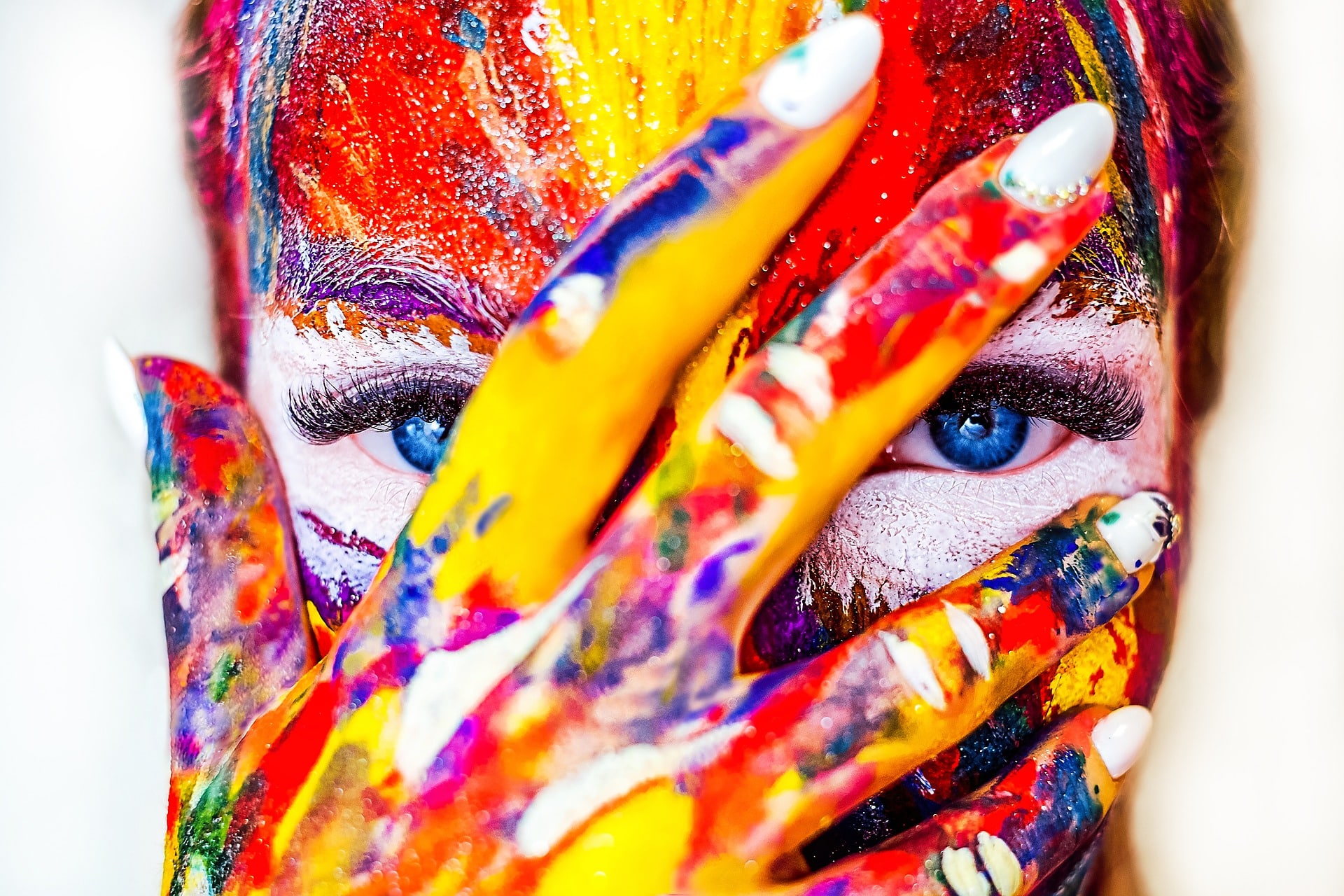The psychology of colors is a huge topic that has been researched for centuries. It’s not just about what colors you should wear or paint your room, it’s about how color affects our mood and behavior.
The color red is the most commonly used color in marketing campaigns. Research has shown that it can create feelings of hunger, passion, and anger. While the color blue is often associated with calmness and peace It has also been found to be more soothing than other colors because it stimulates the release of serotonin in our brain which makes us feel happier. Interesting, isn’t it?
Just as these psychological facts bemuse us, the history behind it is way more intriguing. The most famous studies on color psychology was conducted by a social psychologist named Solomon Asch in the 1950s. He showed that people will conform to a majority opinion even if they know it is wrong. Now, this was in the 1900’s and you bet there are many more experiments and test since brain research of shading goes back millennia, to Egyptians who concentrated on their impact on disposition and utilized them to achieve comprehensive advantages. Although, the manner in which the shading range is coordinated was found by Sir Isaac Newton in the last part of the 1600’s, the point at which he utilized a crystal to refract white light into its composite tones; red, orange, yellow, green, blue, indigo and violet ( ROYGBIV or in a reversed order VIBGYOR).
One of the earliest proper investigations of shading hypothesis came from-the German writer, craftsman, and government official Johann Wolfgang von Goethe, who in 1810 distributed Theory of Colors (Zür Farbenlehre). The Theory of Color laid out the nature, capacity and brain research of shading. However the work was excused by a huge part of established researchers, it survived from extraordinary interest to a companion of noticeable scholars and physicists, including Arthur Schopenhauer, Kurt Gödel, and Ludwig Wittgenstein. The advancement of current mind science encouraged the speculation further, with Swiss expert Carl Jung transforming into an observable harbinger in the field.
His revelations drove him to cultivate craftsmanship medicines to help people with overcoming injury. Carl Jung asked his patients to use concealing since he felt this would help them with conveying a part of the more significant bits of their psyche. It is acknowledged that the concealing choices you make reflect a more significant importance about your personality.
Nowadays, color psychology is used in marketing and branding. Shading brain science is an area of exploration that glances at what shading means for our conduct and direction. At the point when utilized in advertising, for instance, various tones can affect the manner in which purchasers see a brand in manners that aren’t clear, such 100% of the time as how specific tones can expand craving.
Written By
Syeda Omaila Ayaz












